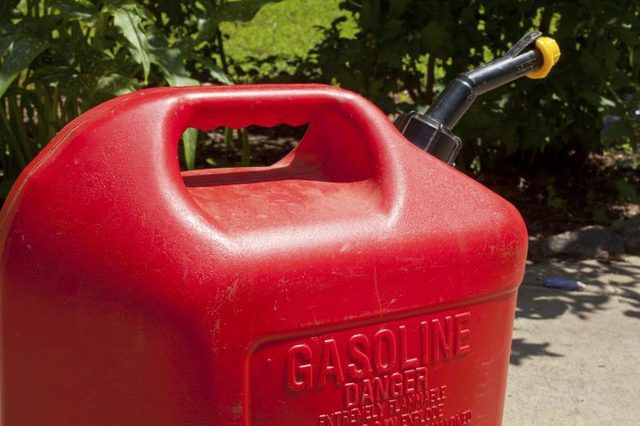Bulbs
Flower Basics
Flower Beds & Specialty Gardens
Flower Garden
Garden Furniture
Garden Gnomes
Garden Seeds
Garden Sheds
Garden Statues
Garden Tools & Supplies
Gardening Basics
Green & Organic
Groundcovers & Vines
Growing Annuals
Growing Basil
Growing Beans
Growing Berries
Growing Blueberries
Growing Cactus
Growing Corn
Growing Cotton
Growing Edibles
Growing Flowers
Growing Garlic
Growing Grapes
Growing Grass
Growing Herbs
Growing Jasmine
Growing Mint
Growing Mushrooms
Orchids
Growing Peanuts
Growing Perennials
Growing Plants
Growing Rosemary
Growing Roses
Growing Strawberries
Growing Sunflowers
Growing Thyme
Growing Tomatoes
Growing Tulips
Growing Vegetables
Herb Basics
Herb Garden
Indoor Growing
Landscaping Basics
Landscaping Patios
Landscaping Plants
Landscaping Shrubs
Landscaping Trees
Landscaping Walks & Pathways
Lawn Basics
Lawn Maintenance
Lawn Mowers
Lawn Ornaments
Lawn Planting
Lawn Tools
Outdoor Growing
Overall Landscape Planning
Pests, Weeds & Problems
Plant Basics
Rock Garden
Rose Garden
Shrubs
Soil
Specialty Gardens
Trees
Vegetable Garden
Yard Maintenance
How to Mix Fuel for a Weed Eater
How to Mix Fuel for a Weed Eater. Weed Eater is a brand of gas-powered string trimmers for homeowner use. The trimmers are powered by small two-cycle engines that are lubricated through the fuel system. This lubricating method requires users to add lubricating oil to the gasoline. The gas-oil mixture provides continuous lubrication of the...

Weed Eater is a brand of gas-powered string trimmers for homeowner use. The trimmers are powered by small two-cycle engines that are lubricated through the fuel system. This lubricating method requires users to add lubricating oil to the gasoline. The gas-oil mixture provides continuous lubrication of the engineís moving parts. For best performance and longest trimmer life, itís important to get the fuel-oil mix correct.
40:1 Mixture
All Weed Eater brand gas trimmers require that oil be added to the gas in a ratio of 40:1, which equals a mixture of 3.2 ounces of two-cycle air-cooled engine oil to 1 U.S. gallon of 87-octane regular-grade unleaded gasoline. Other trimmer manufacturers specify different gas-oil ratios such as 50:1, or 2.6 ounces of two-cycle oil per gallon of gas, and 32:1, or 4 ounces of oil per gallon of gas. Be careful to mix fuel correctly. Too much oil in the mix causes excessive exhaust smoke and exhaust carbon buildup. Too little oil in the mix can cause lack of power, overheating and eventual internal engine damage.
How to Mix
Start with a clean, empty, 1-gallon gasoline can. Pour the correct amount of oil into the empty can. Slowly add 1 gallon of gasoline, screw on the cap and swish the container around to ensure complete mixing of the gas and oil. The container will have room to accommodate the small amount of oil combined with the gas. Agitate the can again before each refueling. Never try mixing the gas and oil together in the trimmerís gas tank. Youíre likely to get the ratio wrong and you wonít get a thorough blending. Donít mix more fuel than you will use within 30 days. Modern gasolines contain additives that can break down in long-term storage.
Fuel Warnings
Weed Eater warns against using gasoline that has more than 10 percent alcohol. Too much alcohol in the gas can damage fuel lines and other fuel system parts. Excessive alcohol also will cause engines to run hotter than normal, which can lead to vapor locking that stalls the engine. Weed Eater also warns against using straight unmixed gasoline in its trimmers; the lack of lubricating oil in the gas will destroy the engine within minutes.
Oils to Avoid
Never use marine oil designed for liquid-cooled two-cycle outboard motors or motor oil for automobiles in your trimmer. Air-cooled trimmer engines operate at much higher internal temperatures than these liquid-cooled engines. As a result, oils formulated for liquid-cooled engines can break down in a trimmer engine and leave harmful, power-robbing carbon deposits in the cylinder and muffler.